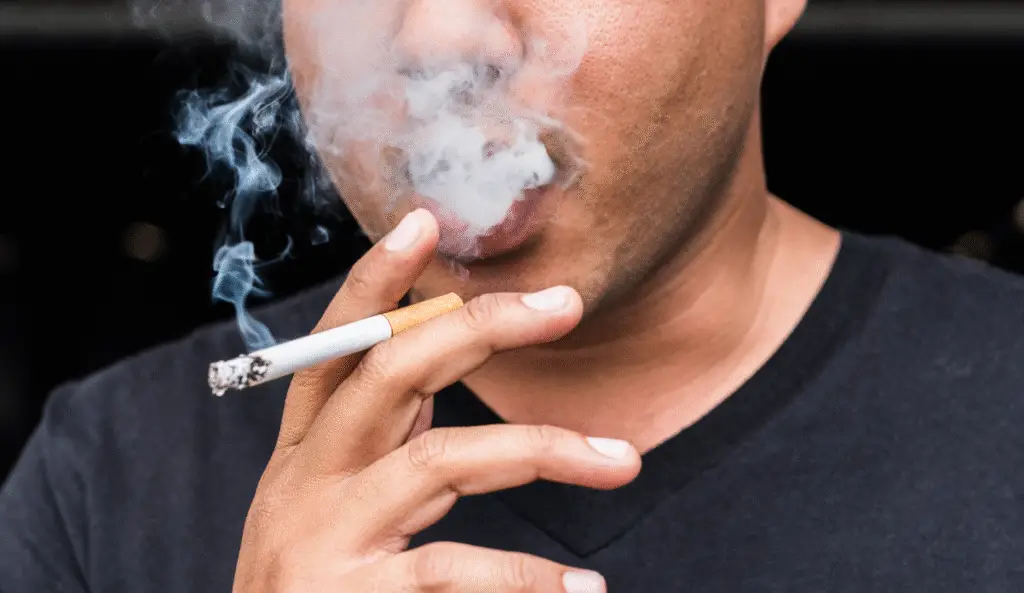How to Protect Yourself Against Tear Gas and Other Chemical Irritants

Hey there, folks. If you’re planning to hit the streets for a protest, you’re probably aware things can get intense.
Tear gas and other chemical irritants are often used by police to break up crowds, and while they’re called “less-lethal,” don’t be fooled—they can cause serious harm.
Physicians for Human Rights (PHR) reports that over 119,000 people have been injured by these agents since 2015, with some cases leading to permanent damage or even death.
So, let’s talk about how to stay safe when the air turns toxic.
The Reality of Tear Gas
Tear gas isn’t just one chemical—it’s a term for agents like CS (2-chlorobenzalmalononitrile) and OC (oleoresin capsicum, aka pepper spray).
CS, the most common type, is a crystalline powder that turns into a fine spray when a canister explodes.
OC is essentially super-concentrated hot pepper.
When these hit, they stick to moisture—your tears, sweat, or saliva—causing intense irritation.
The Centers for Disease Control and Prevention (CDC) lists symptoms like burning eyes, skin rashes, difficulty breathing, and nausea.
In 2020, during the George Floyd protests, tear gas was used in over 100 U.S. cities, leading to countless injuries.
Just this year, in June 2025, police in DeKalb County, Atlanta, and Portland deployed tear gas, showing it’s still a go-to tool.
The Human Toll
Let’s get real: tear gas isn’t just uncomfortable; it’s dangerous.
A 2023 PHR study found that since 2015, over 119,000 people worldwide have been injured by tear gas and other chemical irritants, with 2,190 hurt by rubber bullets and similar projectiles.
In Portland’s 2020 protests, 93.8% of those exposed reported physical or psychological issues, with over half seeking medical care.
Beyond the physical, the psychological impact is huge—being tear-gassed can leave you feeling violated and scared, sometimes discouraging future activism.
That’s not just a personal loss; it’s a hit to free expression.
Gearing Up: Your Protest Armor
Before you head out, think of your outfit as armor. Here’s what you need:
| Item | Purpose | Tips |
|---|---|---|
| Facemask | Protects nose and mouth | Use a scarf or bandana covering from nose to chin if no mask is available. |
| Eye Protection | Shields eyes from irritants | Shatter-resistant sunglasses, swim goggles, or a gas mask work best. |
| Clothing | Minimizes skin exposure | Wear long sleeves, pants, and closed-toe shoes you can run in. |
| Water Bottle | For drinking and rinsing | Choose one with a squirt top for easy eye or skin flushing. |
| Backpack | Carries essentials | Opt for a backpack or drawstring bag for mobility. |
| ID & Cash | For emergencies | Write emergency contacts on your skin; carry cash for bail or transport. |
| Medications | For health needs | Bring inhalers, EpiPens, or several days’ worth of prescriptions. |
| Change of Clothes | Post-exposure | Keep clean clothes to change into after exposure. |
Skip contact lenses and makeup—they can trap chemicals and make things worse.
If you have chronic conditions, wear a medical alert bracelet.
These steps can make a huge difference when things get chaotic.
What Happens When Tear Gas Hits
When a tear gas canister goes off, it’s like a punch to your senses. The CDC outlines symptoms like:
- Eyes: Excessive tearing, redness, burning, blurred vision
- Skin: Burns, rashes
- Mouth: Burning, irritation, drooling, trouble swallowing
- Nose: Running, burning, swelling
- Lungs: Chest tightness, shortness of breath, wheezing, coughing
- Stomach: Nausea, vomiting
These hit because the gas clings to moisture in your body, amplifying the irritation.
Most symptoms fade once you’re out of the cloud, but for some, especially those with asthma, the effects can linger.
If You’re Exposed: Stay Calm, Act Fast
Caught in a tear gas cloud? Don’t panic. Here’s what to do:
- Move Out: Walk, don’t run, to avoid breathing in more gas. Head to higher ground—tear gas is heavier than air.
- Flush Eyes: Rinse your eyes with water for 10-15 minutes using your bottle or a fountain. Avoid milk or baking soda; a small study found they’re no better than water, and wipes can worsen irritation.
- Don’t Touch Your Face: Spreading the irritant makes it worse.
- Help Others: If you’re okay, guide others to a clean, ventilated area.
- Avoid Canisters: Don’t try to remove tear gas canisters—it’s risky.
Decontamination: Get Clean
Once you’re safe, decontaminate quickly. Change out of contaminated clothes and rinse your body.
Leave shoes outside to avoid tracking chemicals indoors.
Hang clothes in a ventilated area for 48 hours before washing—CS powder can stay active for up to five days.
If you can’t air them out, seal them in a bag. Take a cold shower for at least 20 minutes to prevent chemicals from sinking deeper into your skin.
Keep your eyes closed and wash your hair thoroughly. If symptoms persist after 30 minutes or you have eye or lung issues, see a doctor.
Protecting Your Rights
Protesting is your right, but violations happen. Before you go, check out the ACLU’s “Know Your Rights” guide (https://www.aclu.org/know-your-rights/protesters-rights/).
If your rights are violated, document everything—officers’ badge numbers, patrol car details, and witness contacts.
This can be crucial for holding law enforcement accountable.
Historical Context
Tear gas has a dark history. Developed for World War I, it was later used by colonial powers to suppress uprisings.
Today, it’s a staple in crowd control, from the 1960s civil rights movement to recent protests in Hong Kong and Chile.
Despite its “less-lethal” label, it’s been linked to blindness, respiratory failure, and deaths, especially when misused.
This history fuels calls for reform and better crowd-control methods.
International Perspectives
Globally, tear gas use in protests is a hot topic.
While banned in warfare under the 1993 Chemical Weapons Convention, it’s allowed for domestic law enforcement, with few regulations.
Amnesty International has documented misuse in countries like Iran and Peru, where tear gas has killed or injured protesters.
They’ve proposed 30 rules for lawful use (https://www.amnesty.nl/en/amnesty-international-releases-30-rules-to-curb-the-use-of-chemical-irritants-by-police), but without binding international standards, misuse continues.
Some U.S. cities are restricting its use, and there’s a proposed federal ban, but it’s not law yet.
A Personal Take
I’ve covered protests where tear gas turned a passionate crowd into a coughing, crying mess.
It’s not just physical—it’s a gut punch to your sense of safety.
The fear and disorientation can linger, making you question whether speaking out is worth it.
But here’s the thing: knowledge is power. Being prepared lets you focus on your message, not the pain.
Ethically, I struggle with tear gas’s use on civilians. It’s banned in war but okay on peaceful protesters? That’s a double standard we need to question.
We deserve better—dialogue, de-escalation, respect for our rights. Until then, arm yourself with information and stay safe.
































